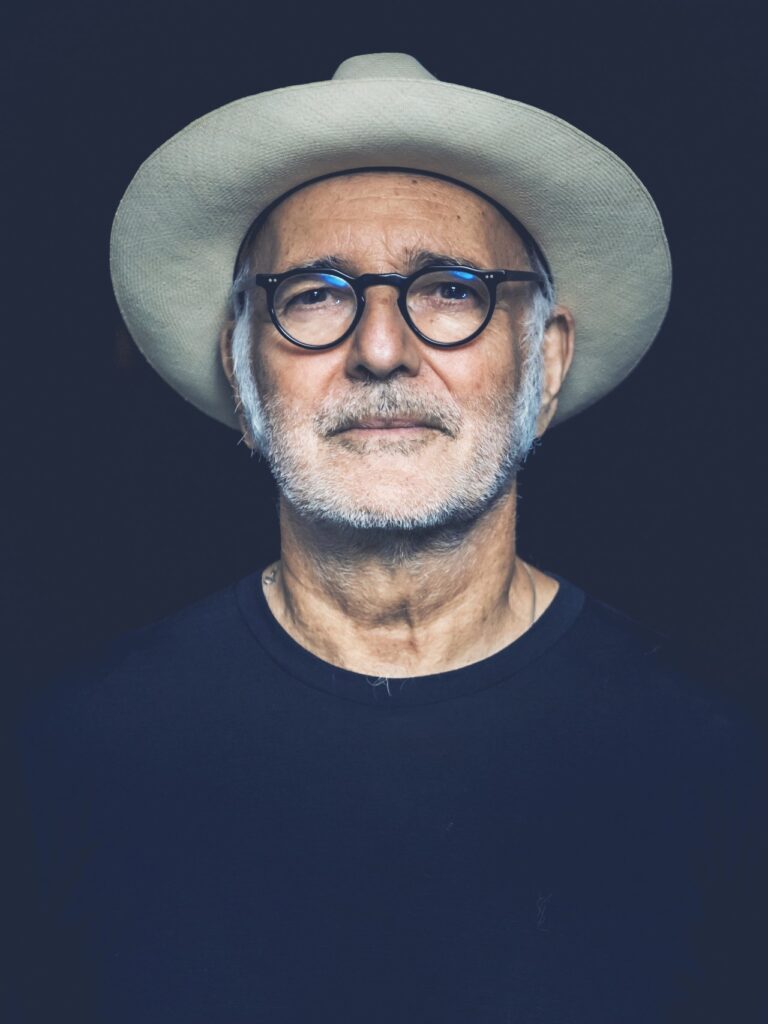Modern era
The Modern Era: A Revolution in Sound (1900-Present)
The Modern Era in classical music, spanning from the early 20th century to the present day, represents a period of radical experimentation and fragmentation. It was an age of revolution, where composers shattered the conventions of the past to explore new sonic landscapes, question the very definition of music, and respond to a world undergoing unprecedented technological and social change. Emerging from the lush emotionalism of the Romantic period, modern composers embarked on a quest for originality, leading to a breathtaking and often bewildering diversity of styles, from atonal and serial music to minimalism and electronic soundscapes.
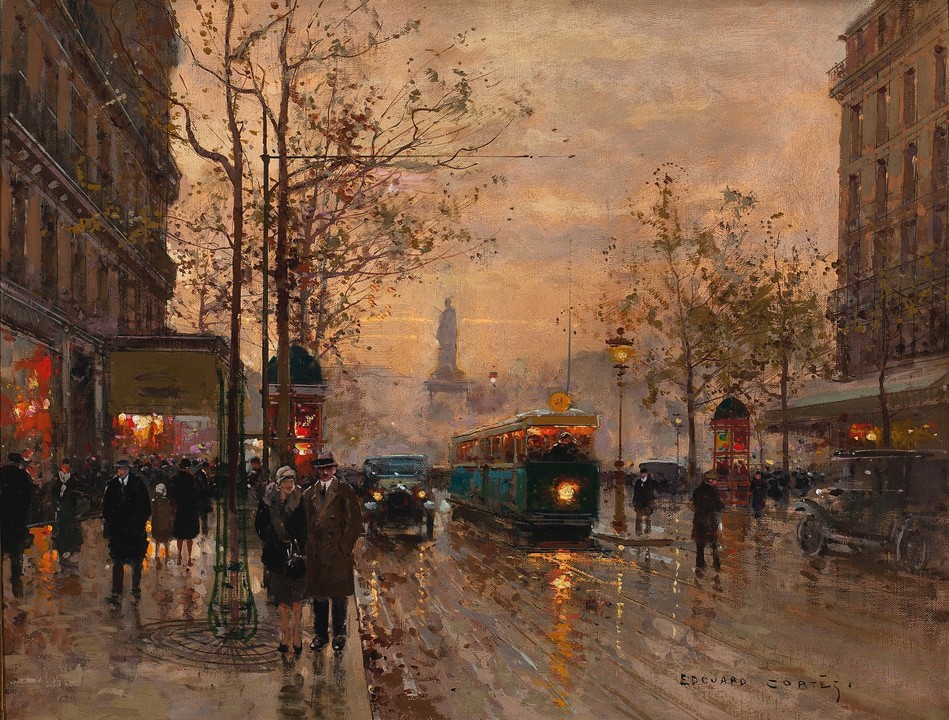
Historical Context of the Modern Period
The Modern Era was forged in a crucible of conflict and innovation. The 20th century was marked by two devastating World Wars, the rise and fall of totalitarian regimes, the Cold War, and a constant acceleration of technological advancement. This turbulent environment profoundly impacted the arts, leading to a rejection of traditional values and a search for new forms of expression that could capture the anxieties and complexities of the modern world.
Modernism as a broader cultural movement emphasized:
- A rejection of tradition and a quest for originality
- A focus on experimentation and new techniques
- An embrace of technology and scientific thought
- A sense of fragmentation, alienation, and uncertainty
- A fascination with the subconscious, as explored by psychoanalysis

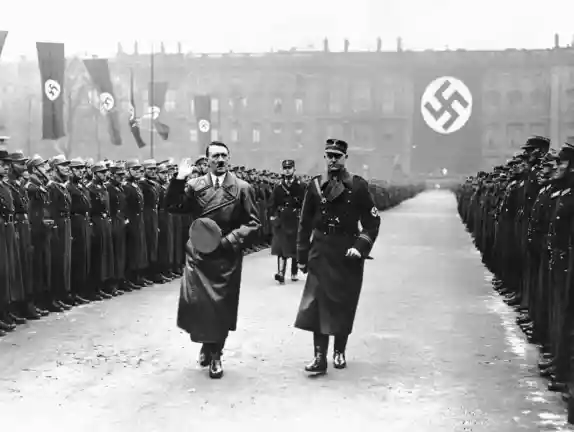

Defining Characteristics of Modern Music
Modern composers challenged the fundamental principles of Western music that had been established over centuries. Harmony, melody, rhythm, and form were all re-examined and often radically re-imagined. The emphasis shifted from beauty and emotional expression in the Romantic sense to intellectual rigor, structural innovation, and the exploration of pure sound. This led to a diverse array of musical languages, often characterized by dissonance, irregular rhythms, and unconventional timbres.
Technology and New Soundscapes
The Modern Era witnessed an unprecedented integration of technology into music. The advent of recording technology, radio, and later television, transformed how music was consumed and disseminated. More profoundly, electronic instruments and computers opened up entirely new sonic possibilities, leading to the birth of electronic music.
Electronic music became a vital part of the modern soundscape because:
- It allowed for the creation of sounds impossible with traditional acoustic instruments.
- It offered precise control over timbre, pitch, and rhythm.
- It facilitated the manipulation of recorded sounds (musique concrète).
- It enabled composers to create complex textures and spatial effects.
- It blurred the lines between composer, performer, and listener.
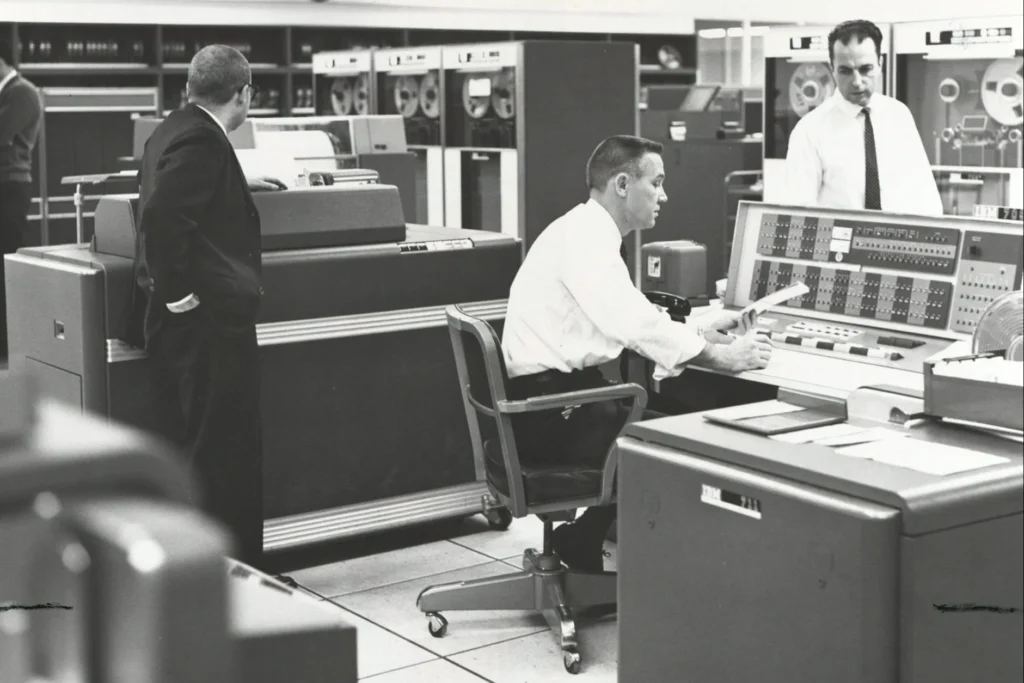
Major Composers of the Modern Era
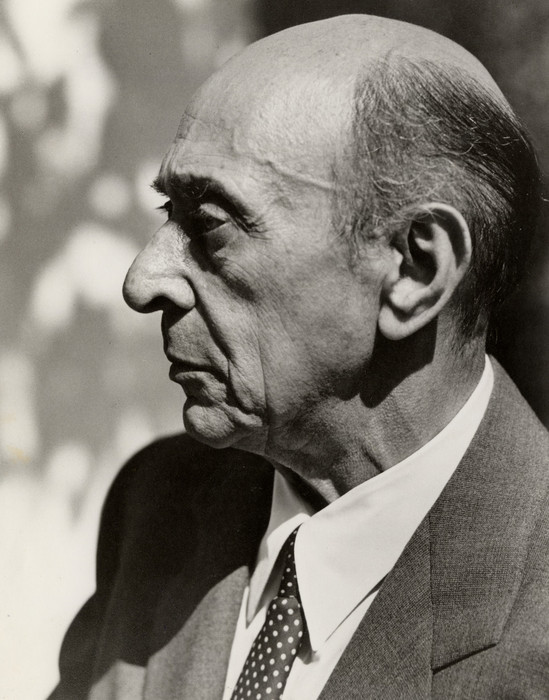
Arnold Schoenberg (1874-1951)
Arnold Schoenberg was an Austrian-American composer, music theorist, teacher, writer, and painter. He is widely regarded as one of the most influential composers of the 20th century. Schoenberg was a leading figure in the development of atonality and the twelve-tone technique (serialism), which revolutionized classical music and profoundly influenced subsequent generations of composers. His early works were in the late-Romantic style, but he soon moved towards expressionism and then developed his groundbreaking serial method, seeking to create a new structural principle for music after the breakdown of tonality.
Key Musical works:
- Pierrot Lunaire, Op. 21 (1912)
- Verklärte Nacht (Transfigured Night), Op. 4 (1899)
- Variations for Orchestra, Op. 31 (1928)
- Moses und Aron (opera, 1930-32, unfinished)
- A Survivor from Warsaw, Op. 46 (1947)
Maurice Ravel (1875-1937)
Joseph Maurice Ravel was a French composer, pianist, and conductor. He is often associated with impressionism, though he himself rejected the term, preferring to be known as a craftsman who meticulously composed his works. Ravel’s music is characterized by its exquisite craftsmanship, clarity, precision, and often exotic harmonies and orchestration. He was a master of instrumental color and form, drawing inspiration from diverse sources including Spanish music, jazz, and the classical forms of the 18th century. His works are celebrated for their elegance, wit, and emotional depth, bridging the late Romantic and early Modern eras.
Key Musical works:
- Boléro (1928)
- Daphnis et Chloé (ballet, 1912)
- Piano Concerto in G Major (1931)
- Ma mère l’Oye (Mother Goose, 1910)
- Gaspard de la nuit (1908)
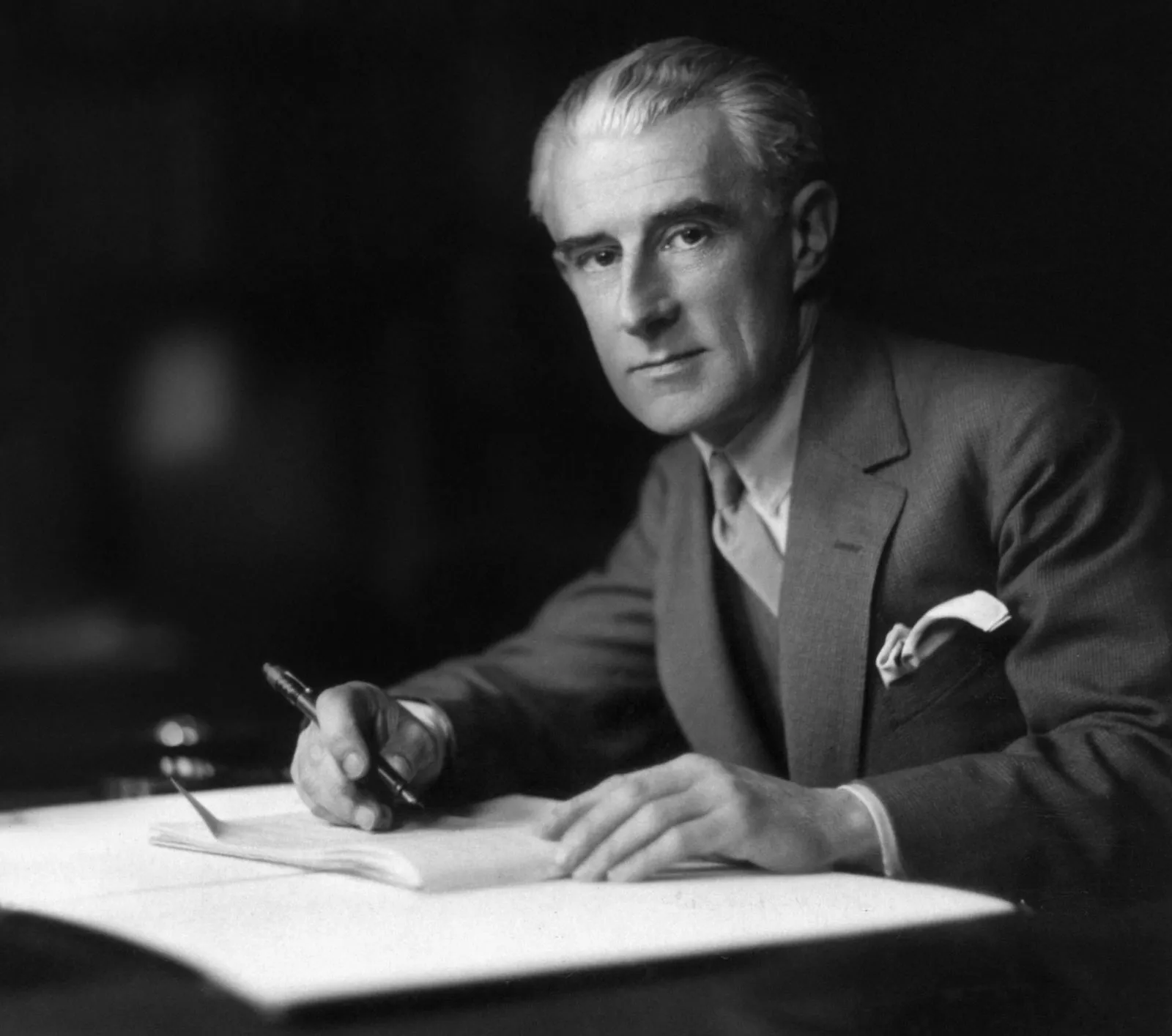
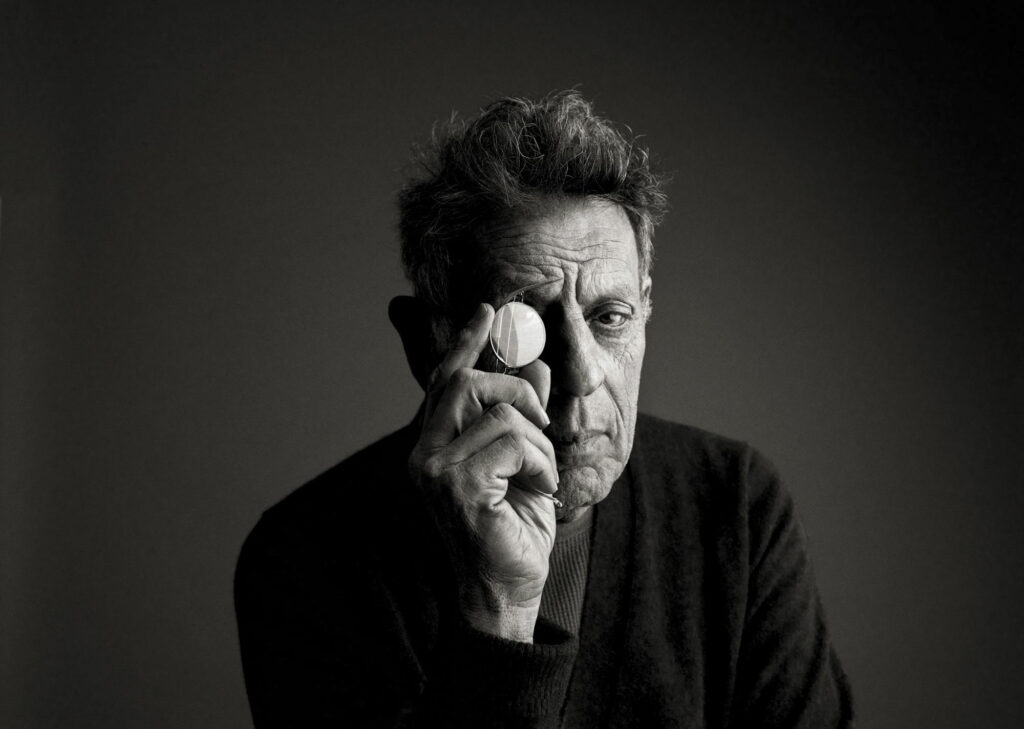
Philip Glass (b. 1937)
Philip Glass is an American composer widely regarded as one of the most influential musicians of the late 20th century. He is a central figure in the development of minimalism, a style characterized by repetitive melodic, rhythmic, or harmonic patterns that evolve slowly over time. Glass’s music often features a hypnotic, meditative quality, and he has composed extensively for opera, film, and concert halls. His accessible yet innovative style has brought contemporary classical music to a wider audience.
Key Musical works:
- Einstein on the Beach (opera, 1976)
- Akhnaten (opera, 1983)
- Satyagraha (opera, 1980)
- Glassworks (1982)
- Koyaanisqatsi (film score, 1982)
Ludovico Einaudi (b. 1955)
And my personal favorite of the modern composers, Ludovico Einaudi. He is an Italian pianist and composer. He trained at the Conservatorio Verdi in Milan with Luciano Berio. His style evolved to incorporate elements of minimalism, ambient music, pop, and world music. Einaudi is renowned for his evocative, meditative, and often melancholic piano compositions, which have gained immense popularity worldwide, particularly through his extensive work in film scores and television. His music is characterized by its accessibility, emotional depth, and repetitive, yet subtly evolving, melodic patterns, making him one of the most commercially successful classical composers of the modern era.
Key Musical works:
- Le Onde (1996)
- Divenire (2006)
- Una Mattina (2004)
- Nuvole Bianche (2004)
- Elements (2015)
